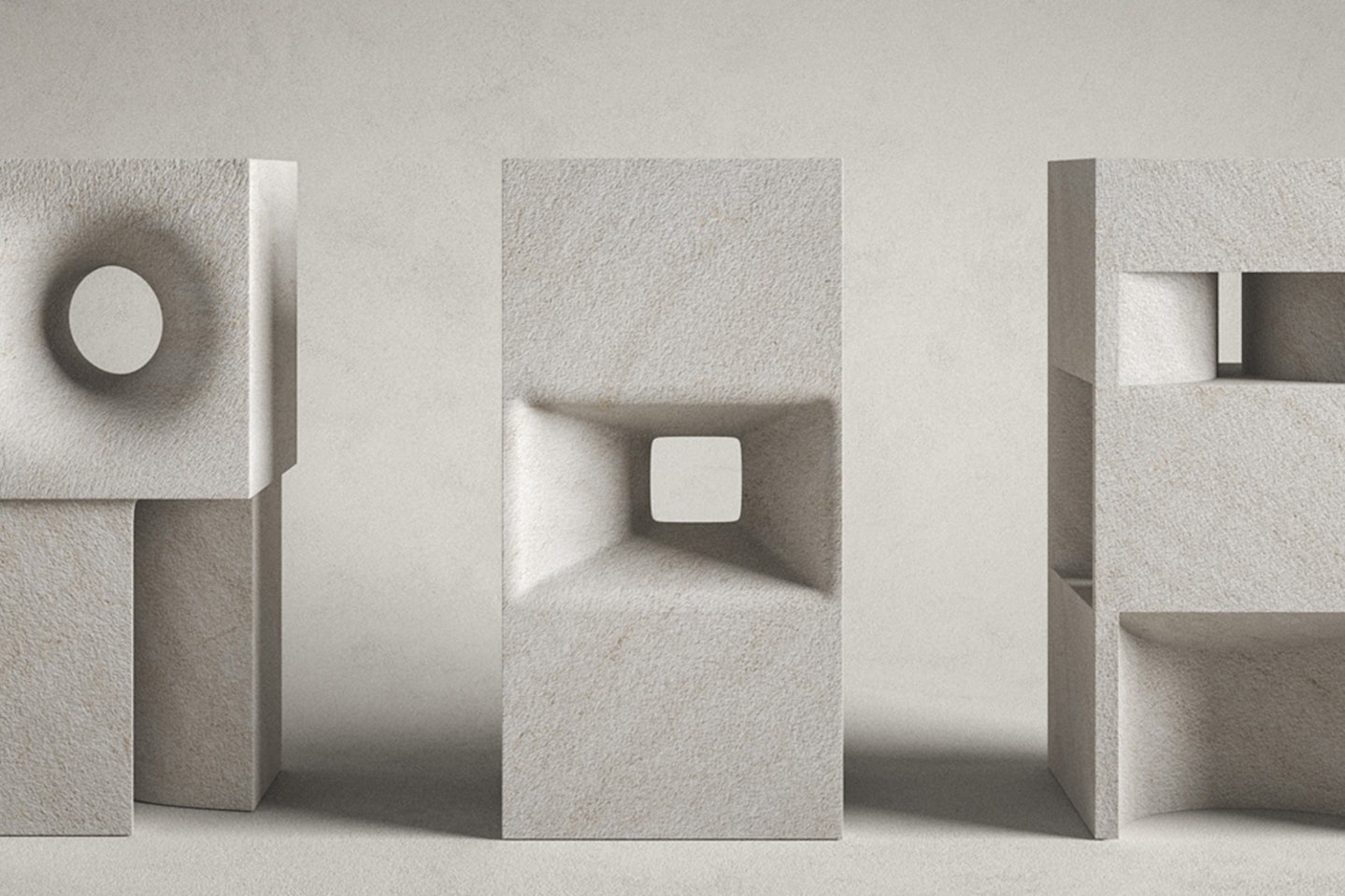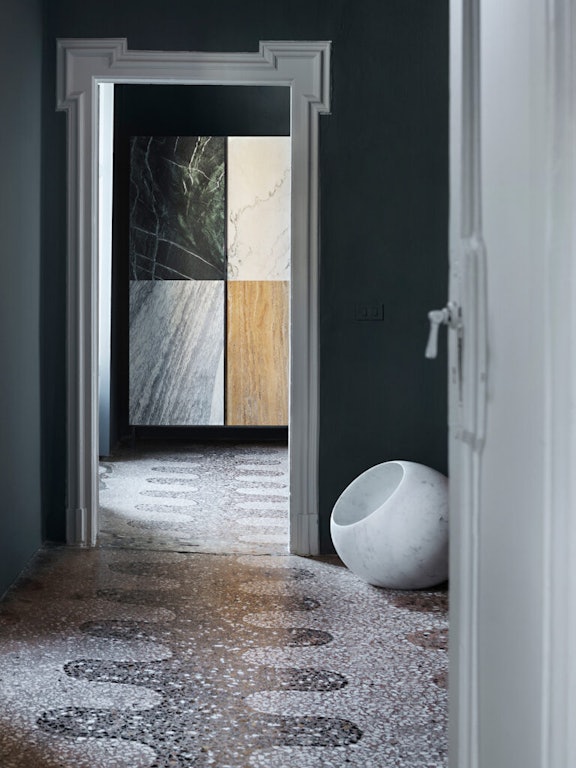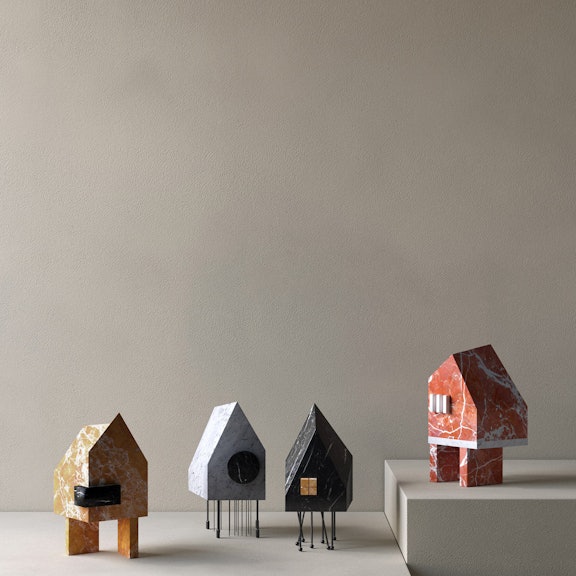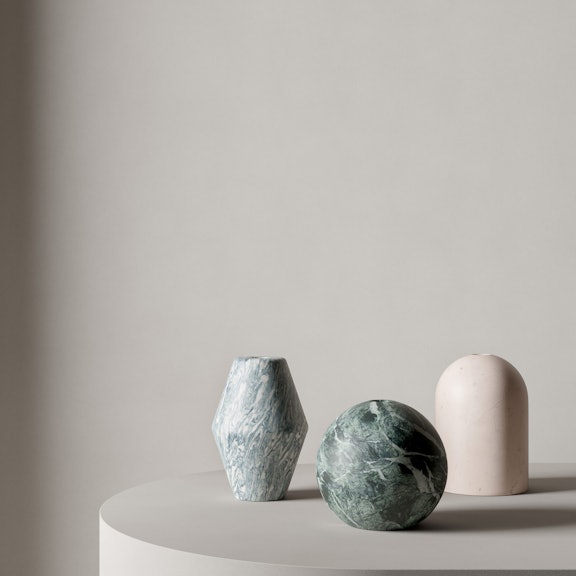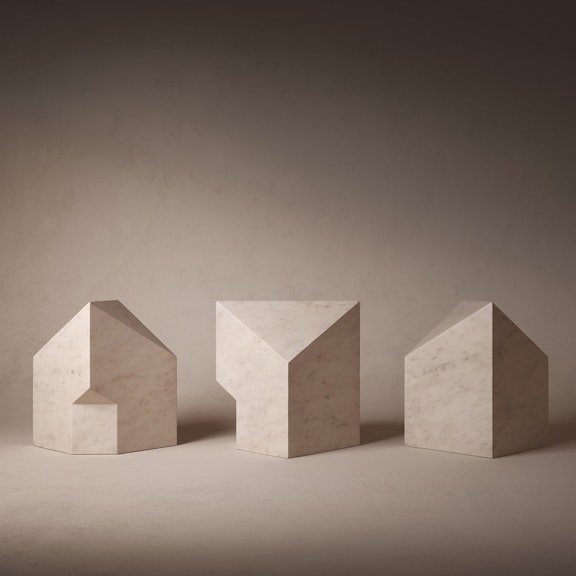The Village Collection by Salvatori: Interview with Yabu Pushelberg
03.2022
Discover Yabu Pushelberg’s thoughts on The Village, our new project that explores the way we see our homes today
We talk with Yabu Pushelberg about The Village
In 2020, the world came to a shuddering stop and we found ourselves suddenly spending an unprecedented amount of time in our own homes.
For many of us, it was a time to reflect on things that previously we’d perhaps taken for granted, but which now took on a whole new meaning. We came to appreciate the importance of the simple things in life, discovering that they weren’t quite so simple after all. One of those things was most certainly our home which we now understood represented not just four walls, but a haven and a truly special place in our hearts.
It was this realisation that sparked The Village, a project in which designers and architects from around the world interpret their concept of home in diminutive pieces of art, made from natural stone.
Among those involved are New York-based George Yabu and Glenn Pushelberg, for whom it is sculpture itself that expresses the beauty, sincerity and unpredictability of life.
With the solidity and durability of marble their starting point, and taking inspiration from the ancient city of Petra which was carved out of rock, the design duo has given life to a trio of miniature homes captured in stylised lines and christened “Assembly”.
In our interview with Yabu Pushelberg, they describe not just the process of developing and realising their work for The Village, but also the shared values and philosophies they have in common with Salvatori.
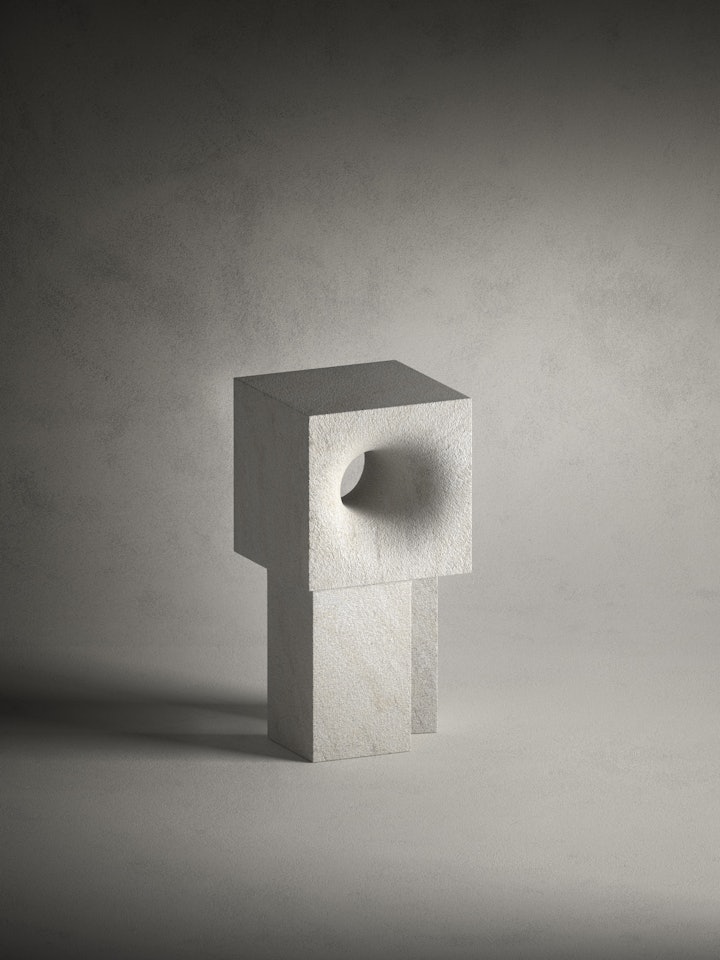
How do you see design within the context of natural stone?
Glenn: Design applied to natural stone is an expression of the liquidity of materials. Everything is liquid or organic at some point, even stone. There’s an applied fluidity to the material as we bring it to life.
George: This piece of rock is retrieved from the earth, and we’re trying to explore a visual fluidity not associated with something so hard. It’s a malleable material, but we want to go beyond that and make it look as if we really shaped it, and so we came up with these amorphic shapes. During that process we realised how stable this material is, so it made sense to work on geometric forms that are more rectilinear.
Speaking about The Village, in your view, how is design linked to our special places, those places we hold dear to our hearts?
Glenn: There’s something that is extremely sculptural about the pieces we did, with a romantic or mysterious quality to them that you respond to. You respond to the beauty of the objects as sculpture, and I think that’s heartfelt. It’s not literal and it’s not trite. It’s abstracted. I think about these beautiful modernist sculptural homes that are really beautiful in their quiet, proportional elegance.
George: This material has been used for centuries across cultures, typically as a material for sculpting. That’s what we did. We sculpted out and carved out negative spaces. As you rotate the towers, you have positive, solid planes and then you have a scoop out or a carve out. It has this notion of positive and negative spatial concept. The process reminded me of the sculpting out of stone in the civilization of Petra in Jordan, where they carved out the city from the side of a stone cliff. The irony of that stone city is it took on classic Roman neoclassical architecture, but unlike the Romans and the Greeks before them, who built structures by adding stone, in Petra, they took away the stone to create architecture. It’s an interesting parallel to what we’ve created with Assembly. Petra being grand and beyond, of course, versus our modest village; but there’s a connectivity.
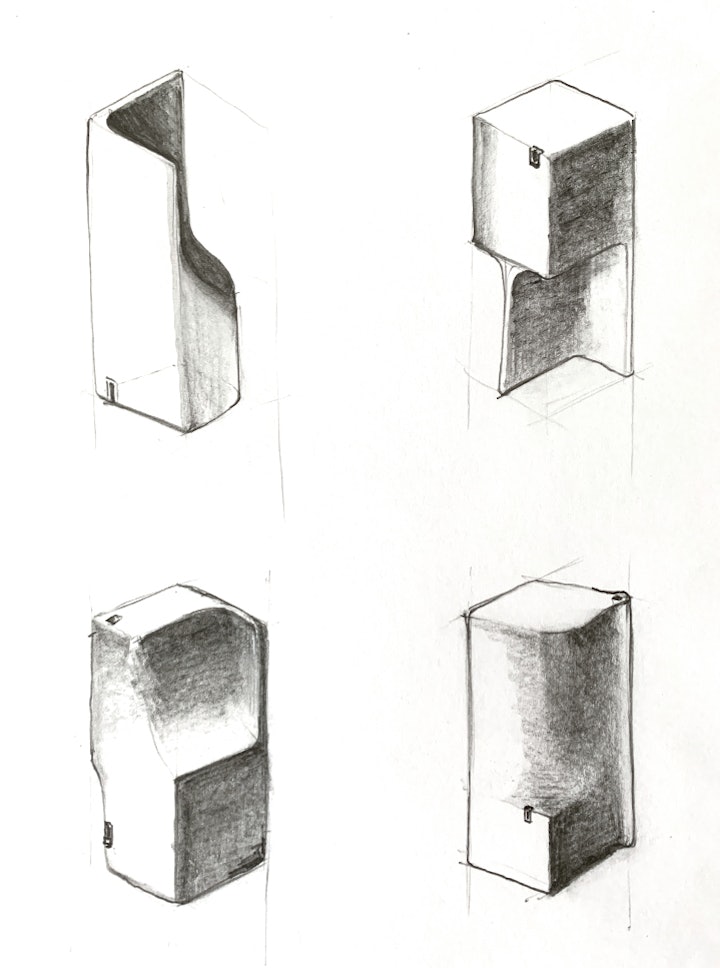
What principles guided you in designing your sculptures for The Village?
The study of the solid and fluid duality of materiality drove the collection’s conceptual foundation, but we also took into consideration studies of light and shadow, monumental design, tension and expansion. These forms are mysterious yet approachable, inciting limitless wonder and curiosity in the individual inhabiting their space.
How important is functionality in design for you?
It’s a key part. Design is in response to a need. But sometimes you need a little frisson. I’ll wake up and ask, ‘Why?’ And for us, sometimes naively, we say, ‘Why not?’ There’s a desire to change things up and it’s as simple as that. We don’t create with frivolity by any means, but sometimes you have to create a ripple for people to take notice. We will always be judicious in our approach to design, ensuring there’s a real benefit in doing it and the intent isn’t misunderstood.
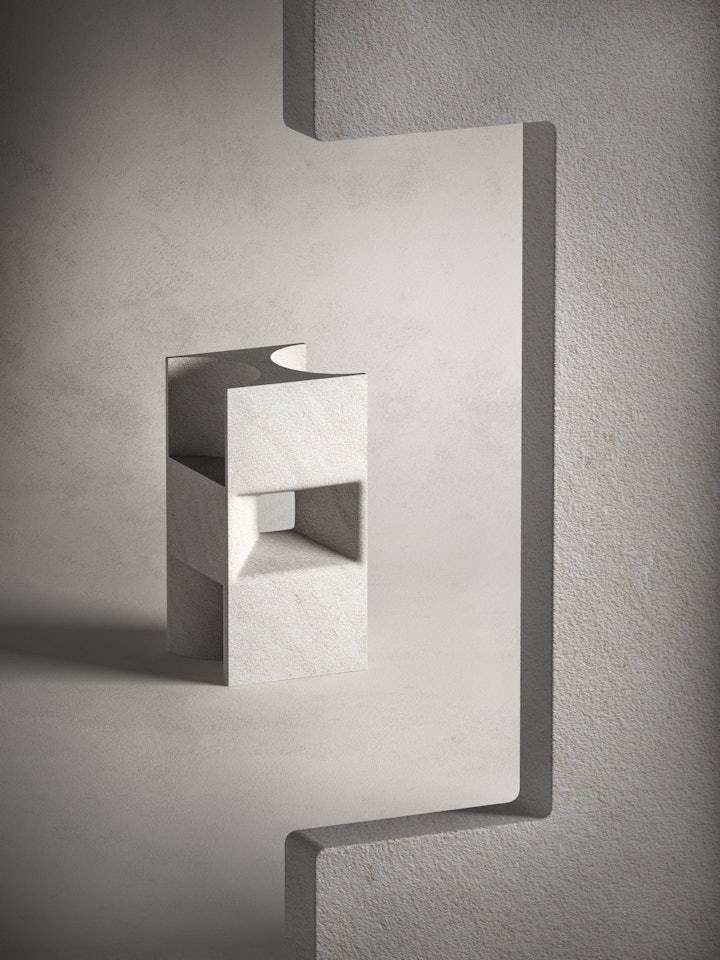
How do you see the role and contribution of sustainability in the future of design?
We’re big proponents of sustainability. We got a bit delayed because of Covid in regard to a formal programme rollout, but we’re pushing hard to be as green and sustainable as we can be as individuals and as a studio. This is really the earth’s pressing problem today that we need to work together to resolve.
How did you find the experience of working with Salvatori?
Glenn: Our work with Salvatori has always been very fluid. It’s a partnership rooted in trust and understanding, and within which we share many values.
George: We are both patrons of the arts and seek to create things with intrinsic value that resonate emotionally and withstand the test of time. It was an honour to be invited to create for The Village and as always, Salvatori gave us the freedom to express ourselves with authenticity.
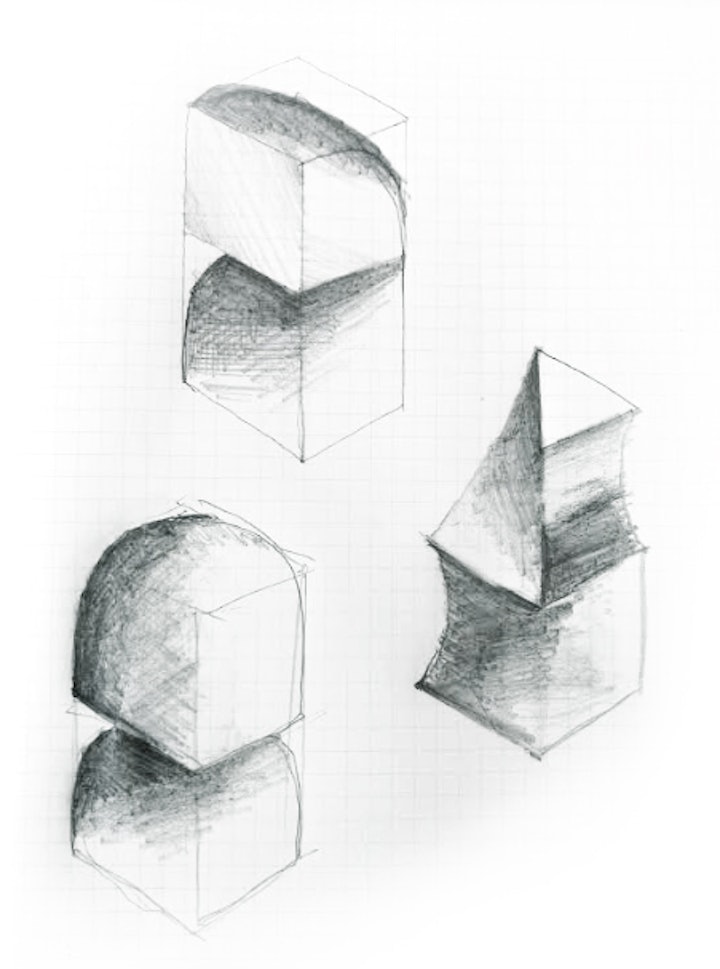
What name did you give to your contribution and why?
We started from the concept given to us of The Village, which is an assembly of people gathering together, living closely, socialising. If you look at these towers, they look like stacked dwellings in a village. From there, we embraced Assembly as the name for the collection.
The individual towers are named Self, Collective and Convergence, representative of the individual, the community and their intersection. They may each stand alone, embodying a unique sense of identity and point of view, but when brought together, there’s a beauty to the way they communicate and engage with one another, creating a new perspective speaking for the collective. The towers are representative of what makes up a community and the enrichment acquired by something that converses with its surroundings. There’s an artful, sculptural representation of various points of view coming together to form a multifaceted whole.
What stones did you use for your pieces and why?
Glenn: We crafted the collection from sandblasted Crema d’Orcia…
George: …and then made the best of that stone species. It has a unidirectional, linear quality, which informed the 90-degree angles and 45-degree carve outs.
As the designers themselves express so eloquently, The Village is an assembly of people gathering together, living closely, socialising and their homes represent a community where everyone cooperates and support each other.
This philosophy has perhaps never been so relevant as now, when solidarity and a collective approach are required to overcome adversity, while the home remains a refuge that protects us and gives us the strength to take on the world.
